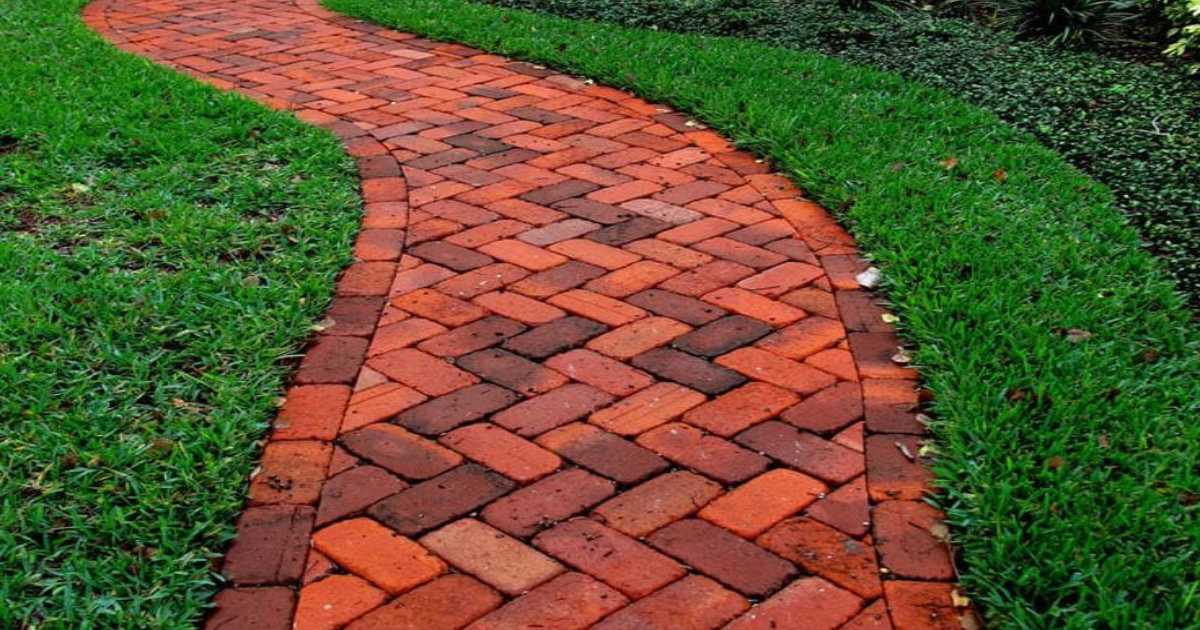

Articles
How Much Does A Paver Walkway Cost
Modified: August 24, 2024
Find informative articles on the cost of paver walkways. Discover how much you can expect to pay for this popular landscaping feature.
(Many of the links in this article redirect to a specific reviewed product. Your purchase of these products through affiliate links helps to generate commission for Storables.com, at no extra cost. Learn more)
Introduction
Adding a paver walkway to your outdoor space can not only enhance the aesthetic appeal but also provide a functional pathway for you and your guests. Whether you have a sprawling garden or a compact patio, a well-designed and carefully installed paver walkway can create a seamless transition between different areas of your outdoor space and add value to your property.
However, before embarking on any home improvement project, it’s essential to have a clear understanding of the costs involved. The cost of a paver walkway can vary depending on several factors, including the materials used, the size and complexity of the project, and the labor involved.
In this article, we will dive deeper into the factors that influence the cost of a paver walkway and provide you with average cost estimates for materials and labor. We will also explore additional costs that you should consider when planning your project. Finally, we will offer some tips to help you save money while still achieving your desired results.
So, let’s get started and discover how much a paver walkway might cost and how you can ensure a successful and cost-effective installation.
Key Takeaways:
- Planning and budgeting for a paver walkway involves considering factors like material costs, labor expenses, and additional project requirements. By understanding these elements, homeowners can make informed decisions and ensure a successful installation within their budget.
- To save money on a paver walkway installation, homeowners can explore cost-effective materials, optimize material usage, and compare labor costs from multiple contractors. Balancing affordability with quality and durability is key to achieving a budget-friendly yet visually appealing walkway.
Read more: How Much Does It Cost For A Paver Driveway
Factors That Affect the Cost of a Paver Walkway
When planning a paver walkway project, it’s essential to consider the various factors that can impact the overall cost. Understanding these factors will help you make informed decisions and tailor your project to fit your budget. Here are some key factors that can affect the cost of a paver walkway:
- Materials: The type of pavers you choose will have a significant impact on the cost. Natural stone pavers, such as granite or travertine, are generally more expensive than concrete or brick pavers. Additionally, the size, shape, and quality of the pavers can also affect the price.
- Size and Complexity: The size and complexity of your walkway will influence the amount of materials needed and the labor involved. A larger and more intricate walkway will require more pavers, excavation, and installation time, resulting in higher costs.
- Site Preparation: The condition of the ground where the walkway will be installed can affect the cost. If the ground is uneven or needs extensive preparation, such as grading or removing existing materials, it can add to the overall cost of the project.
- Access: The ease of access to your outdoor space can impact the cost. If the area is difficult to reach, contractors may need to use specialized equipment or spend more time transporting materials, which can increase labor costs.
- Design Features: Adding design elements, such as curves, patterns, or borders, can enhance the aesthetic appeal of your walkway but may also add to the overall cost. These features usually require additional labor and materials, increasing the project’s complexity and duration.
- Location: The location of your property can influence the cost. Factors such as the local labor market, availability of materials, and regional pricing variations can impact the overall cost of the project.
Keep in mind that these factors are interrelated, and changes to one can affect others. For example, opting for more expensive materials might require adjustments in the project’s size or complexity to stay within budget.
By considering these factors and discussing them with a professional contractor, you can develop a realistic budget and ensure that your paver walkway project meets your expectations while remaining financially feasible.
Average Cost of Materials for a Paver Walkway
When budgeting for a paver walkway, it’s important to have an idea of the average cost of materials. The cost of materials will vary depending on factors such as the type and quality of pavers, the size of the area to be covered, and any additional materials required for base preparation and edging. Here’s a breakdown of the average cost of materials for a paver walkway:
- Pavers: The cost of pavers can range from $1 to $20 per square foot, depending on the material and quality. Concrete pavers are generally more affordable, with prices ranging from $1 to $6 per square foot. Brick pavers are slightly more expensive, typically costing between $8 and $15 per square foot. Natural stone pavers, such as granite or travertine, are the most expensive option, ranging from $10 to $20 per square foot.
- Base Material: A sturdy and well-prepared base is crucial for the longevity of your paver walkway. The base material, usually composed of crushed stone or gravel, helps to stabilize the pavers and prevent settling or shifting. The average cost of base materials is around $4 to $8 per square foot.
- Edging: Edging is necessary to provide a clean and defined edge for your walkway and prevent the pavers from shifting. The cost of edging materials, such as plastic or metal, can range from $1 to $4 per linear foot.
- Joint Sand: Joint sand is used to fill the gaps between the pavers, providing stability and preventing weed growth. The cost of joint sand is approximately $0.50 to $1 per square foot.
It’s important to note that these are average costs and can vary based on location, material quality, and specific project requirements. Additionally, additional materials like geotextile fabric for weed control, specialty sealers for added protection, or lighting features for ambiance can increase the overall material costs.
When planning your budget, it’s always advisable to consult with a professional contractor or visit a local supplier to get accurate pricing for the materials you intend to use. They can provide you with more specific information regarding material costs in your area and help you choose the best options for your project while keeping costs under control.
Average Cost of Labor for Installing a Paver Walkway
While materials play a significant role in the cost of a paver walkway, the labor involved in the installation is also an important factor to consider. The labor costs will depend on various factors, such as the size and complexity of the project, site preparation requirements, and the experience and expertise of the contractor. Here’s an overview of the average cost of labor for installing a paver walkway:
Per Square Foot Pricing:
One common method to estimate labor costs for a paver walkway is by calculating a per square foot rate. Labor costs typically range from $4 to $12 per square foot, depending on factors such as the location, project complexity, and contractor experience. Keep in mind that this rate may vary depending on your specific project requirements and the rates in your local market.
Site Preparation:
The labor involved in site preparation can impact the overall cost. If the ground needs to be excavated, leveled, or compacted before installing the pavers, it may require additional labor and equipment. Site preparation costs can vary widely depending on the existing conditions and the extent of work required.
Installation Techniques:
The installation technique used can also impact labor costs. For instance, if the walkway requires intricate patterns or curves, it may require more time and skill to properly lay the pavers, resulting in higher labor costs. On the other hand, a straightforward installation with a basic pattern may require less labor and, therefore, reduce overall costs.
Contractor Experience:
The experience and expertise of the contractor can also influence labor costs. Highly skilled and reputable contractors typically charge higher rates for their services. While this may increase the cost, it often provides a level of assurance in terms of quality and expertise, ensuring a successful and durable installation.
Additional Factors:
Additional factors that may affect labor costs include access to the site, project timeline, and any special requirements, such as working around existing landscaping features or utility lines. These factors can influence the overall labor hours required and may result in increased costs.
It’s important to obtain multiple quotes from qualified contractors to compare labor costs based on your specific project details. This will help ensure that you receive competitive pricing while maintaining the quality and integrity of the installation.
Consider the size, type of pavers, and labor costs when estimating the cost of a walkway. On average, expect to pay between $8 to $20 per square foot for materials and installation.
Additional Costs to Consider
When budgeting for a paver walkway installation, it’s essential to consider additional costs that go beyond the materials and labor. These costs can vary depending on the specific requirements of your project and should be factored into your overall budget. Here are some additional costs to consider:
- Permits and Regulations: Depending on your local regulations, you may need to obtain permits for your walkway installation. Permit fees can vary, so it’s important to check with your local municipality to understand any requirements and associated costs.
- Excavation and Site Preparation: If the area where the walkway will be installed requires excavation or extensive site preparation, it may incur additional costs. Clearing obstacles, removing existing structures, or addressing drainage issues may require the expertise of professionals and increase the overall project cost.
- Grading and Drainage: Proper grading and drainage are crucial to ensure water runoff and prevent water damage to the walkway. If your property has poor drainage or requires special grading, additional costs may be incurred to address these issues.
- Edge Restraints: Edge restraints help hold the pavers in place and prevent them from shifting. These restraints can be made of plastic, metal, or concrete and can add to the overall cost of the project.
- Sealing and Maintenance: While not a direct installation cost, it’s worth considering the long-term maintenance of your paver walkway. Sealing the pavers can help protect them from staining, fading, and weed growth. Regular maintenance, such as cleaning, re-sanding, and resealing, may be required to keep your walkway in good condition.
- Additional Features: Depending on your preferences and budget, you may want to incorporate additional features into your walkway. These can include lighting fixtures, decorative elements, or even landscaping. These features can enhance the aesthetic appeal of the walkway but may require additional materials and labor, resulting in increased costs.
It’s important to communicate your specific requirements and preferences with your contractor to ensure all potential additional costs are considered in the initial project estimate. This will help you avoid unexpected expenses and maintain better control over your budget.
By accounting for these additional costs, you can plan your project more accurately and ensure that your paver walkway installation meets both your vision and budgetary constraints.
Read more: How Much Does It Cost To Seal A Paver Patio
Cost Breakdown of Different Types of Paver Walkways
When planning to install a paver walkway, it’s helpful to understand the cost breakdown of different types of pavers. The choice of pavers can greatly influence the overall cost of your project. Here, we’ll provide you with a cost breakdown of various paver options:
- Concrete Pavers: Concrete pavers are a popular and cost-effective option for creating a walkway. They come in various shapes, colors, and finishes, allowing for versatility in design. Concrete pavers typically cost between $1 and $6 per square foot, depending on the quality and style.
- Brick Pavers: Brick pavers have a timeless and classic look that can elevate the aesthetics of your walkway. They are typically more expensive than concrete pavers, ranging from $8 to $15 per square foot. The higher cost is mainly due to the manufacturing process and the durability of brick pavers.
- Natural Stone Pavers: Natural stone pavers, such as granite, travertine, and bluestone, are known for their elegance and durability. These pavers provide a high-end and luxurious look to your walkway. However, they are the most expensive option, ranging from $10 to $20 per square foot, depending on the type of stone and quality.
It’s important to note that these price ranges are estimates and can vary depending on the manufacturer, region, and specific design considerations.
In addition to the pavers themselves, it’s essential to consider the costs of other materials and labor involved in the installation. These costs can include the base materials, edging, joint sand, and labor for excavation, site preparation, and installation. The total cost breakdown will depend on the complexity and size of your walkway project and the specific requirements of your chosen paver materials.
When selecting the type of paver for your walkway, consider factors such as durability, visual appeal, maintenance requirements, and budget. Concrete pavers offer versatility at a lower price point, while brick and natural stone pavers provide a higher-end aesthetic but come with a higher price tag.
By consulting with a professional contractor or supplier, you can get more accurate cost estimates and make an informed decision that aligns with your budget and design preferences.
Tips for Saving Money on a Paver Walkway Installation
Installing a paver walkway doesn’t have to break the bank. With careful planning and consideration, you can save money without compromising on the quality and aesthetics of your project. Here are some tips for saving money on a paver walkway installation:
- Plan Your Design: Before starting the project, take the time to plan and design your walkway thoroughly. This will minimize any changes or additional work that may arise during construction, which can increase costs.
- Choose Cost-Effective Materials: Consider using cost-effective materials like concrete pavers, which are available in various styles and colors. They can provide an attractive look while being more budget-friendly than higher-end options like natural stone.
- Compare Material Prices: Shop around and compare prices from different suppliers to ensure you’re getting the best deal on your materials. Look for discounts, promotions, or seasonal sales that can help you save money.
- Optimize Material Usage: Work with your contractor to optimize the layout and pattern of the pavers to minimize waste. This can help you save on material costs and reduce the amount of cutting and trimming required.
- Consider Standard Sizes: Choose pavers that come in standard sizes instead of custom or irregular shapes. Standard sizes are usually more affordable and readily available, while custom options can be more expensive.
- Do Some of the Work Yourself: If you’re up for a DIY challenge, consider doing some of the simpler tasks yourself, such as site preparation or removing existing walkways or vegetation. However, it’s crucial to know your skill level and seek professional help for complex tasks to avoid costly mistakes.
- Get Multiple Quotes: Obtain quotes from multiple contractors to compare labor costs and ensure you’re getting a competitive price. However, remember that the lowest price doesn’t always mean the best quality, so consider the contractor’s experience and reputation as well.
- Maintain Proper Maintenance: Proper maintenance of your paver walkway can prevent costly repairs in the future. Regularly clean and seal the pavers, remove weeds, and address any issues promptly to avoid more significant problems down the line.
By implementing these tips, you can save money and have a beautiful paver walkway that enhances your outdoor space without exceeding your budget. Remember to strike a balance between cost-saving measures and ensuring the durability and longevity of your walkway.
Consulting with a professional contractor can provide you with valuable insights and recommendations specific to your project, helping you make informed decisions that optimize costs without compromising on quality.
Conclusion
Installing a paver walkway can be a transformative addition to your outdoor space, providing both functionality and beauty. However, it’s crucial to consider the various factors that can affect the cost of your project. By understanding these factors and following some money-saving tips, you can ensure a successful and budget-friendly installation.
Factors such as the type of pavers, the size and complexity of the project, site preparation requirements, and labor costs can all impact the overall cost. It’s important to carefully plan your design, choose cost-effective materials, and optimize material usage to save money without sacrificing on aesthetics or quality.
Obtaining multiple quotes from experienced contractors allows you to compare labor costs and find the right balance between affordability and expertise. Additionally, considering additional costs such as permits, site preparation, grading, and maintenance will help you develop a more accurate budget for your project.
Remember to strike the right balance between cost-saving measures and the long-term durability and maintenance of your paver walkway. Proper maintenance, including regular cleaning, sealing, and addressing any issues promptly, can prevent costly repairs or replacements in the future.
Ultimately, a well-designed and properly installed paver walkway can enhance the overall value and enjoyment of your outdoor space. So take the time to plan, research, and explore different options to ensure a successful and cost-effective project.
By following these guidelines, you’ll be well on your way to creating a beautiful and functional paver walkway that meets your budget and enhances the overall appeal of your home. So roll up your sleeves, get creative, and enjoy the process of transforming your outdoor space with a stunning paver walkway.
Frequently Asked Questions about How Much Does A Paver Walkway Cost
Was this page helpful?
At Storables.com, we guarantee accurate and reliable information. Our content, validated by Expert Board Contributors, is crafted following stringent Editorial Policies. We're committed to providing you with well-researched, expert-backed insights for all your informational needs.

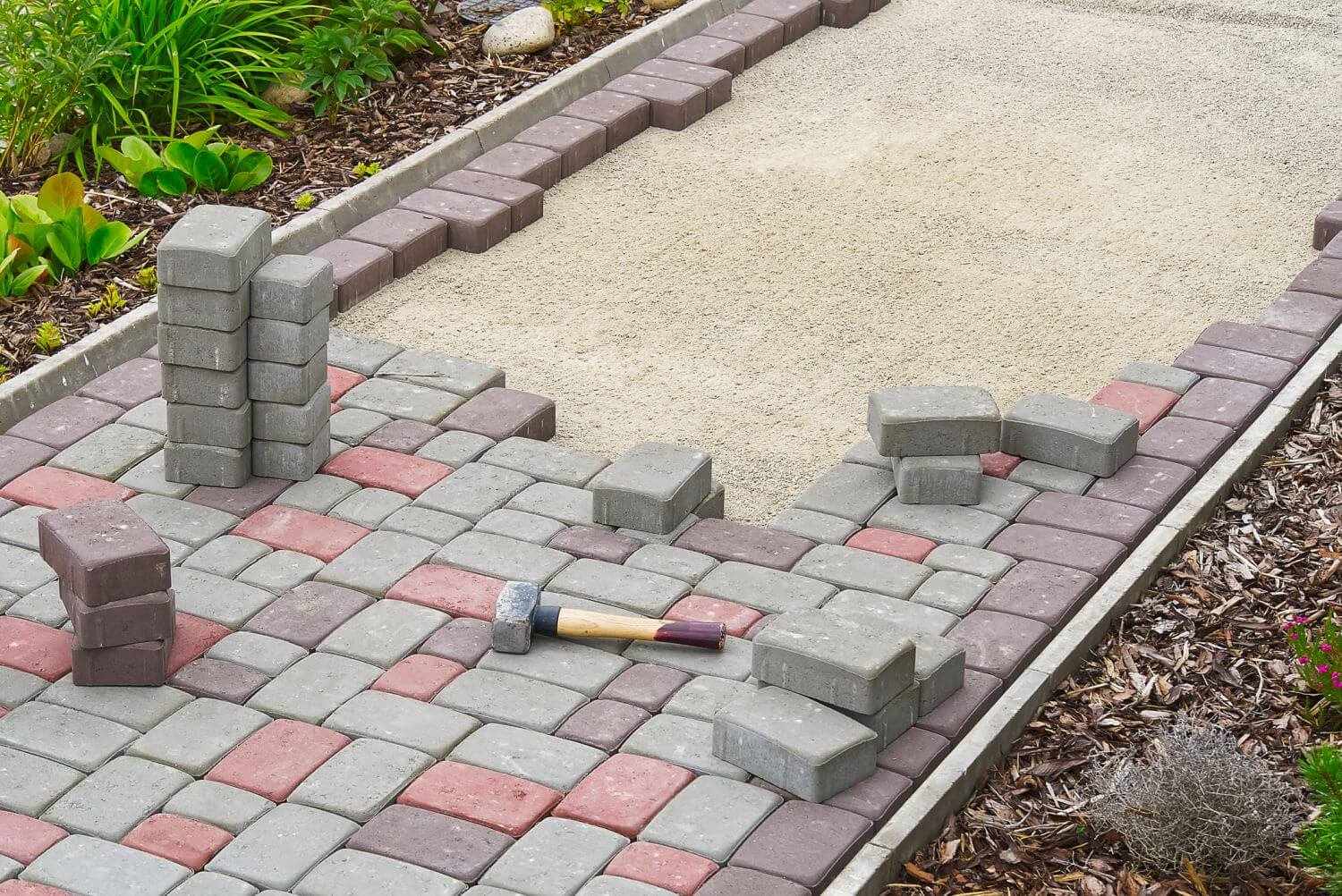
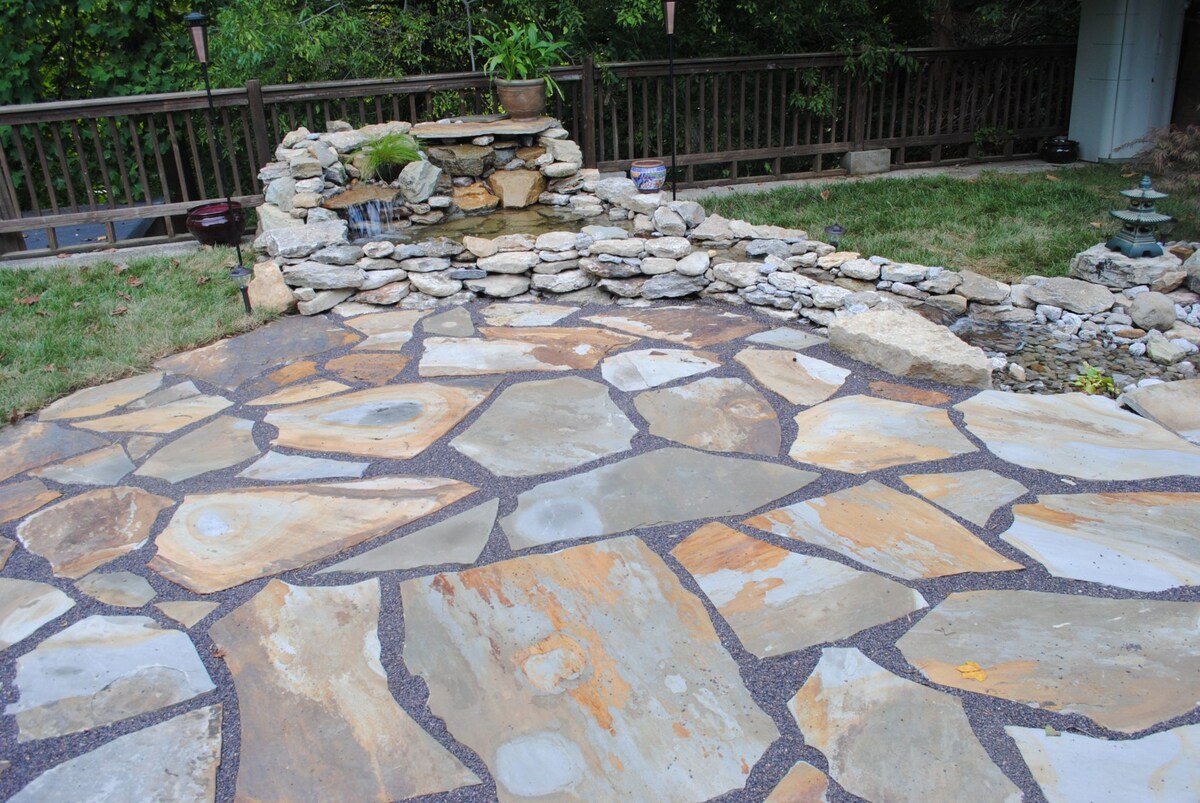
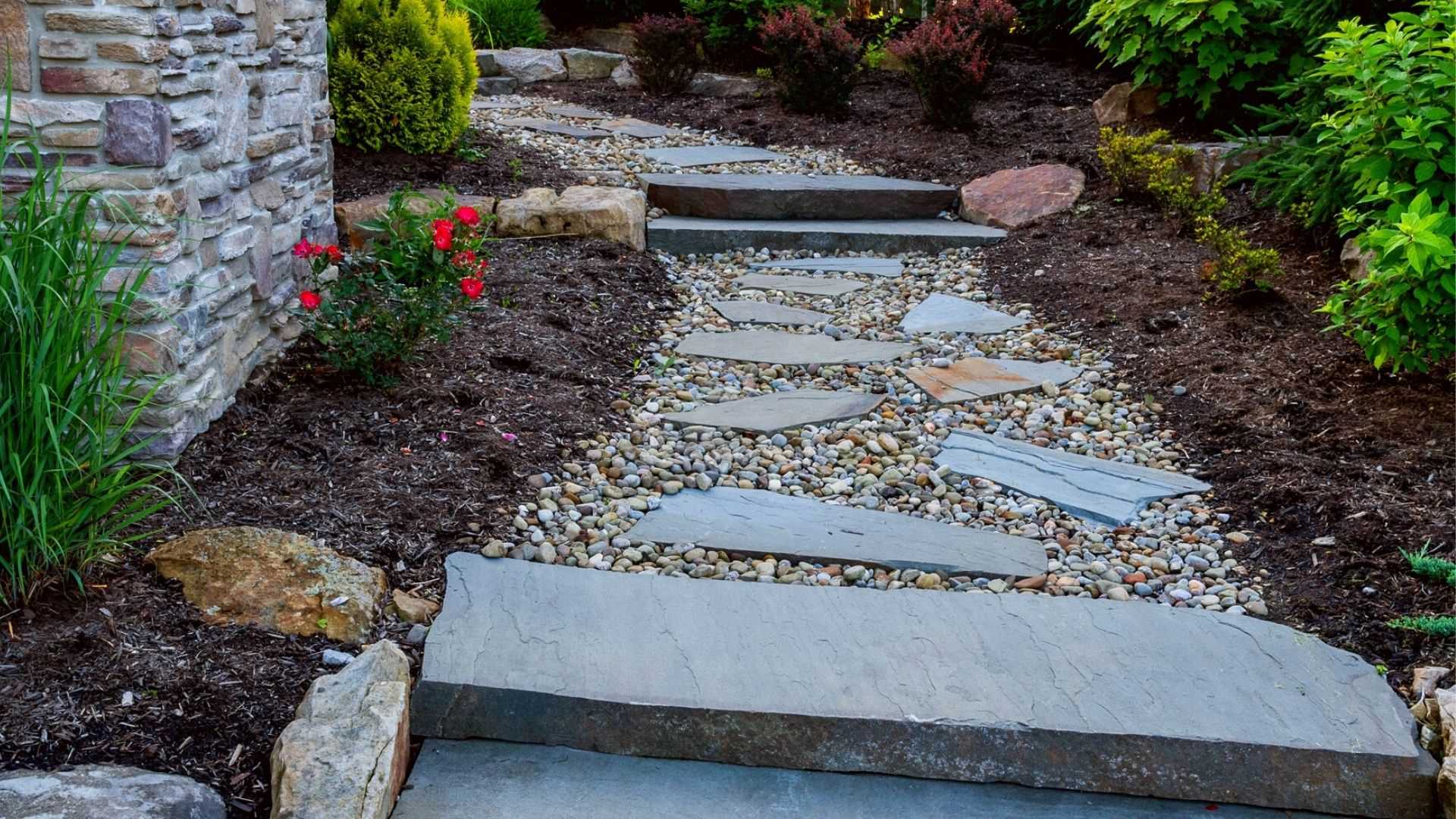
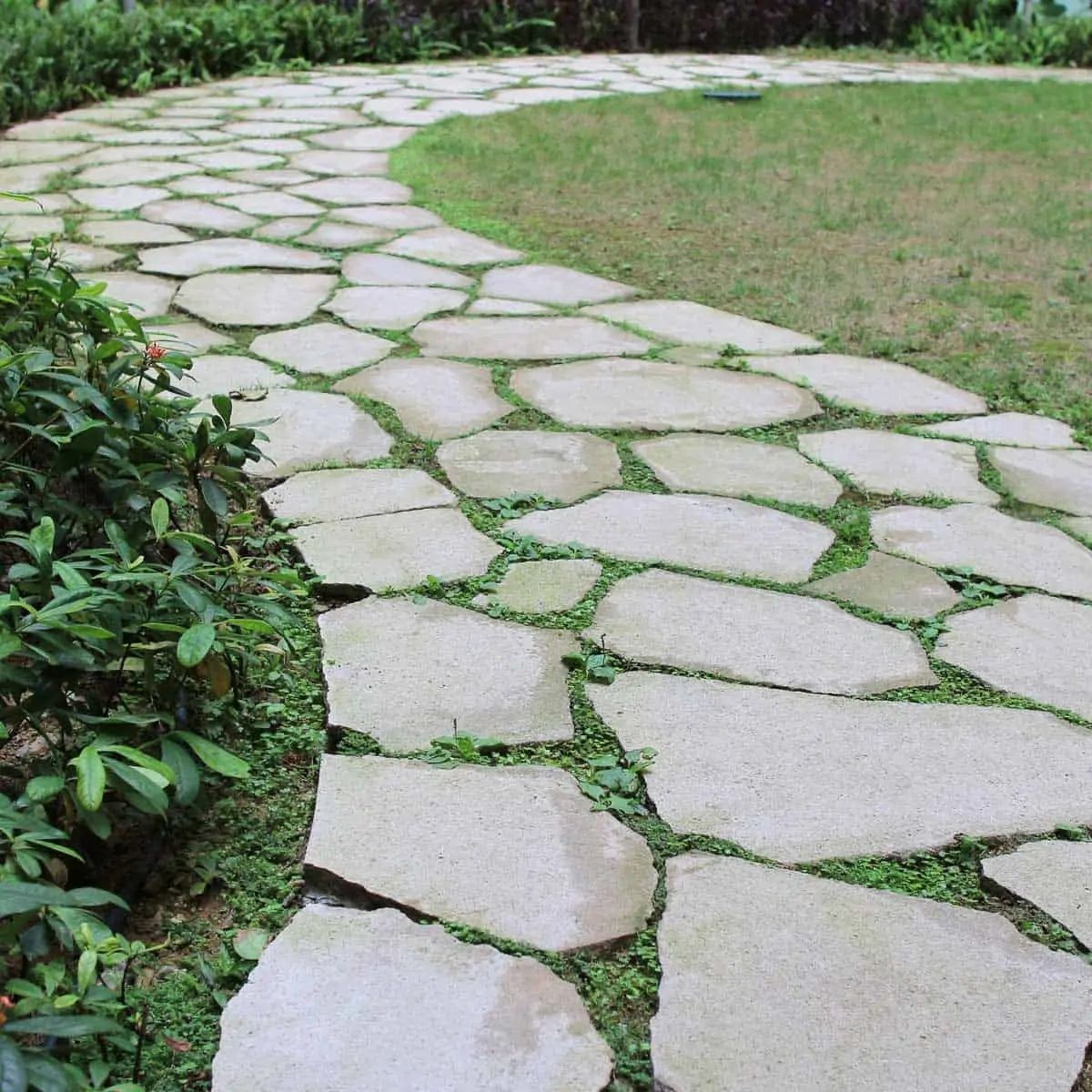





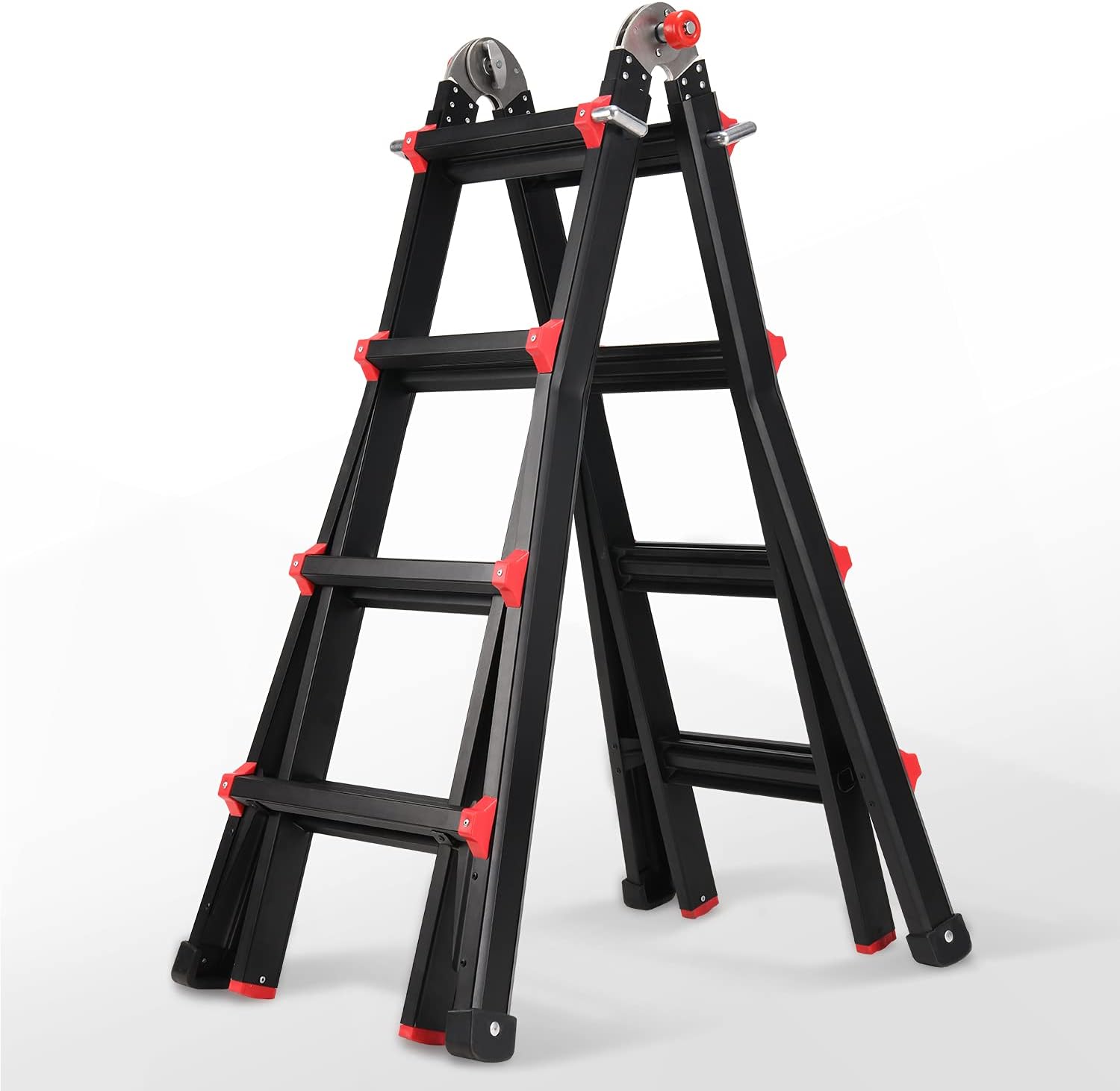
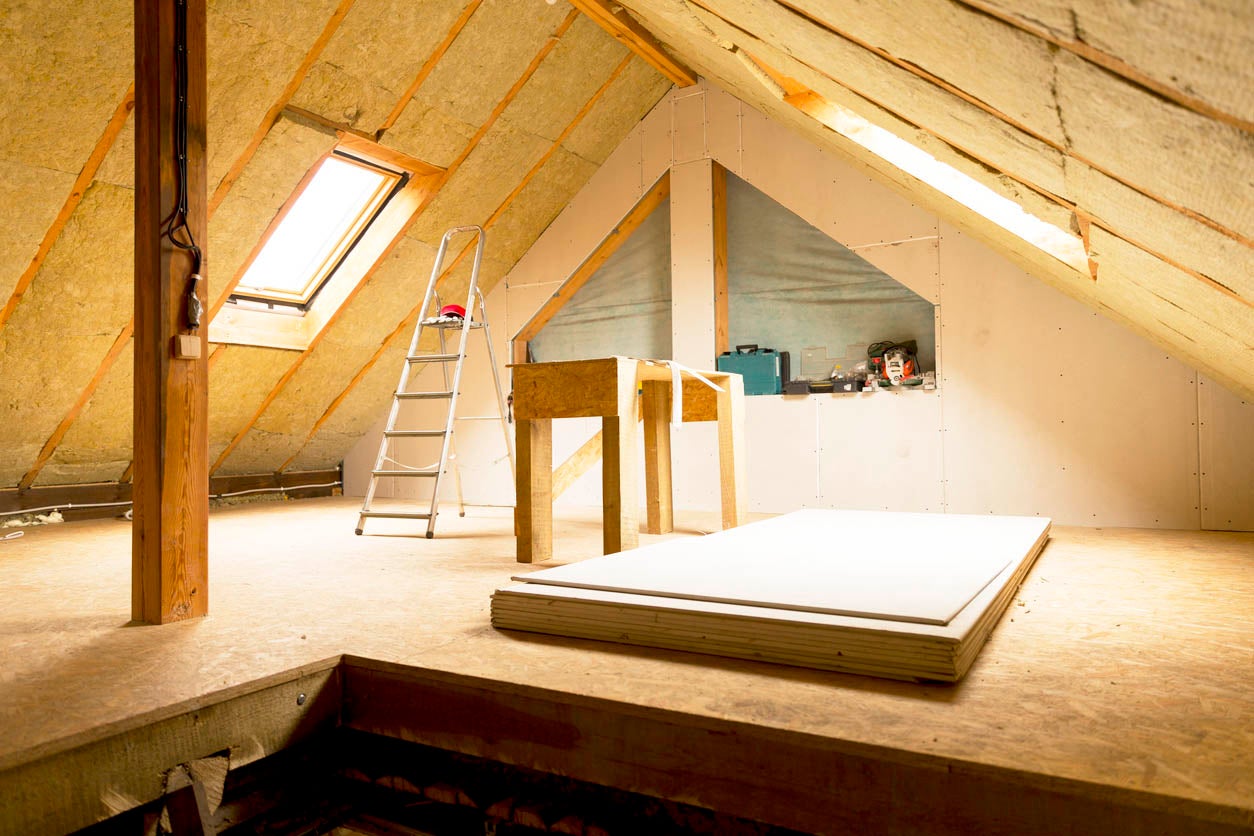
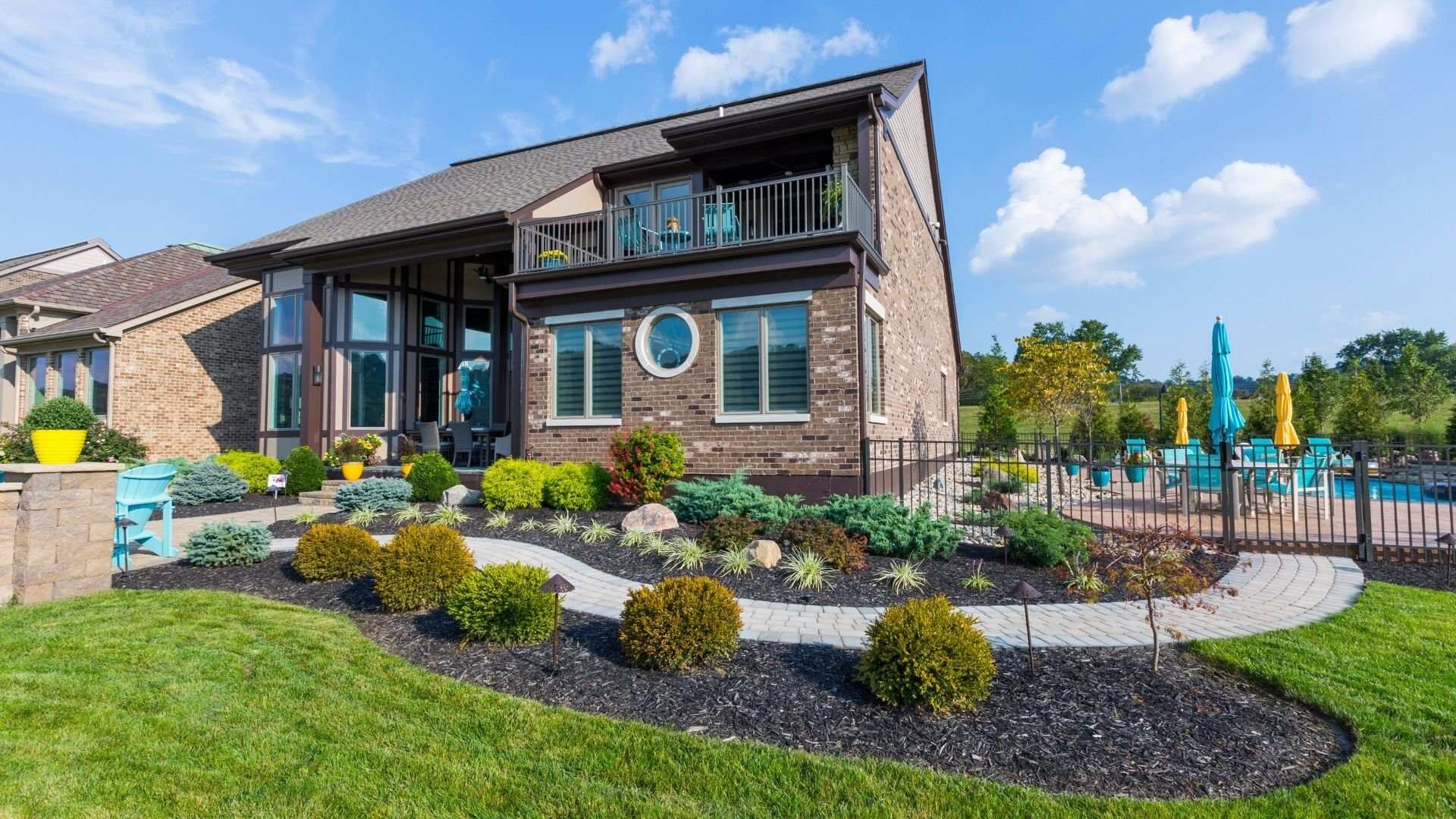
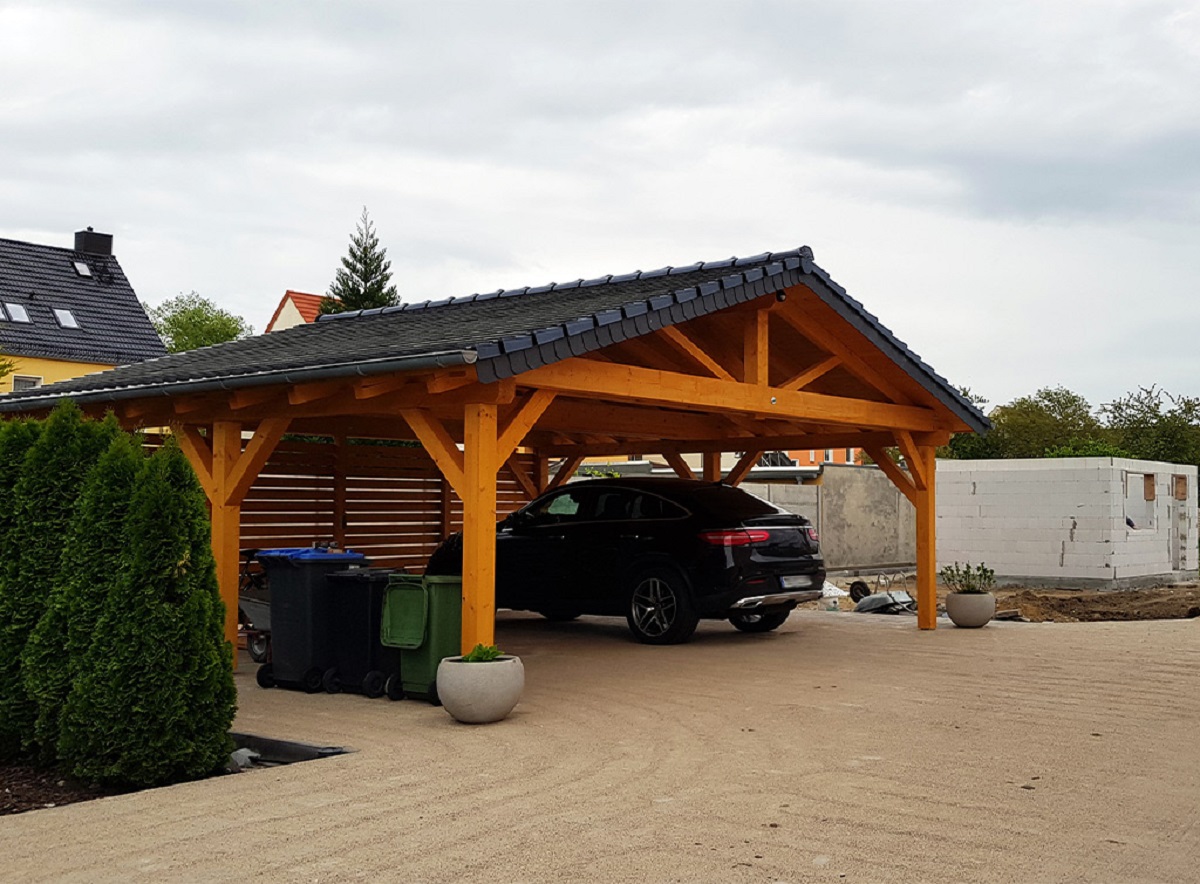

0 thoughts on “How Much Does A Paver Walkway Cost”